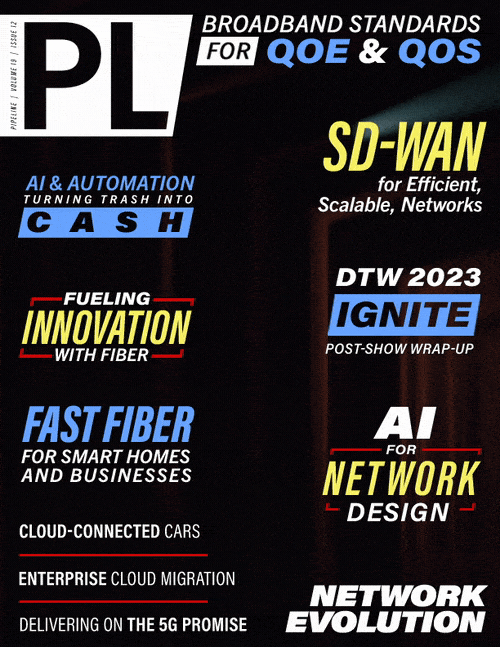How AI is Revolutionizing Cloud Computing
for Automotive Businesses Efficiency
By: Sumit Chahaun

Artificial Intelligence (AI) is becoming an increasingly important part of the digital landscape, and businesses throughout the automotive industry will be at the forefront of this revolutionary shift. Automotive companies are uniquely positioned to leverage AI technologies due to their requirements for advanced analytics, extensive data collection, and large datasets. This article highlights how AI is revolutionizing cloud computing for automotive businesses by introducing real-world applications and highlighting how cloud-based platforms can be leveraged by leading manufacturers of vehicles and automotive businesses like fleets, insurance companies, and aftermarket.
Harnessing Cloud Technology to Fuel the Connected Vehicle Data Revolution
The rise in the adoption of connected vehicles, especially in the post-COVID era, has propelled the automotive industry into a realm of unprecedented data generation and utilization. An influx of surprisingly large amounts of data needs advanced computing capabilities that can seamlessly process, analyze, and derive actionable insights without delays. As a result, cloud technology emerged as the backbone of the data revolution, providing the necessary infrastructure to store, manage, and process vast amounts of data generated by connected vehicles.
Empowering In-Vehicle Edge Processing for Enhanced Cloud Connectivity
Once the cloud server receives ready access to data collected by the vehicle sensors, the next step involves decoding this raw data into valuable information. The conventional solutions utilize low latency of 5G for this communication, which can result in reduced variability and loss of content. To maximize usability and ensure richness of data, sensors embedded within the vehicles are used to collect the data and transmit it wirelessly, between vehicles and a central cloud authority, in near real-time. While this solves for low latency and high throughput needs, advanced embedded compute capability inside the car solves for the increase in costs incurred from transmitting and storing large amounts of data in the cloud. In-vehicle edge processing comes out as the utopian solution where critical data processing is completed at the edge in the vehicle, and only event-related information is sent to the cloud for improved bandwidth and reduced latency.
This had led to a convergence of AI and cloud technologies to help businesses scale and optimize operations, across verticals such as fleet management, auto insurance, automotive aftermarket, and EV charging among others.
The future of mobility is a connected world. But what if you could have that same level of data-driven intelligence to your non-connected vehicles? A platform that takes into consideration the data gathered from vehicles retrofitted with aftermarket devices such as dongles and dashcams—and applies AI/ML algorithms to generate advanced analytics and actionable domain-specific insights for various verticals—can help make the most out of vehicle data.
The platform can identify potential threats, such as carjacking or hit-and-run incidents; provide customers with travel recommendations and local deals; alert them about traffic accidents or road closures; recommend alternative routes based on real-time traffic information; or simply remind drivers about their recurring appointments so they don't forget.
Strengthening OEM Connectivity & Automotive Ecosystem Transformation
This synergy between AI and cloud has become particularly significant due to the intricate connection between Original Equipment Manufacturers (OEMs) and the entire automotive ecosystem. It not only highlights how businesses are harnessing AI to drive efficiency, but also emphasizes the significance of collaboration and real-time data sharing. Here, cloud computing acts as the bridge that connects manufacturers, suppliers, dealerships, and end-users, enabling and knitting a web of seamless communication into a network that empowers collaboration across the entire value chain. This real-time connectivity forms the foundation of the automotive industry's newfound transformation, allowing stakeholders to work together efficiently and make informed decisions while at it, utilizing up-to-date and intelligent insights.
Revolutionizing Industries Across Verticals
One of the most prominent areas where the effect of this synergy can be seen is fleet management. With the integration of AI-driven analytics and cloud-based platforms, fleet managers now own the ability to optimize routes, monitor vehicle health, and predict vehicle maintenance needs in real-time. This has led to a reduction in costs as well as an increase in operational efficiency, apart from enhancing the overall customer satisfaction. The cloud empowers fleet management systems to harness the power of AI algorithms that continuously learn from data, adapting and optimizing strategies



















